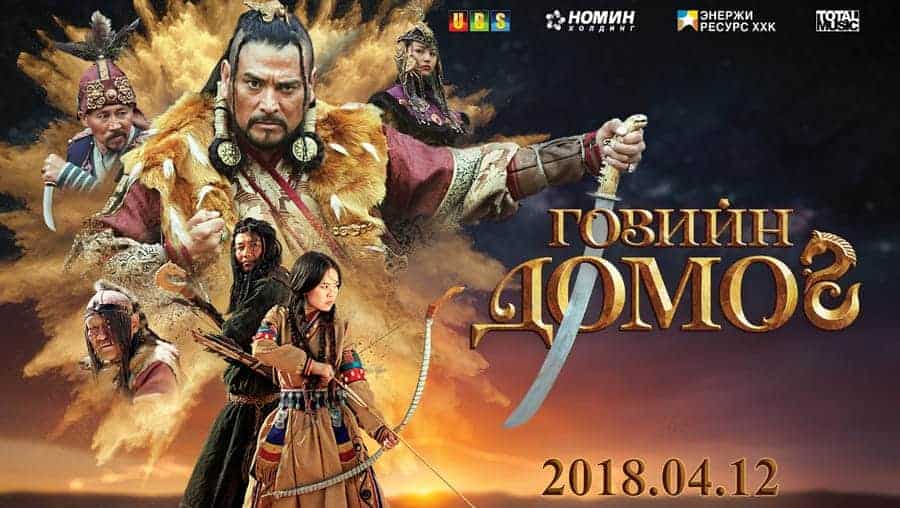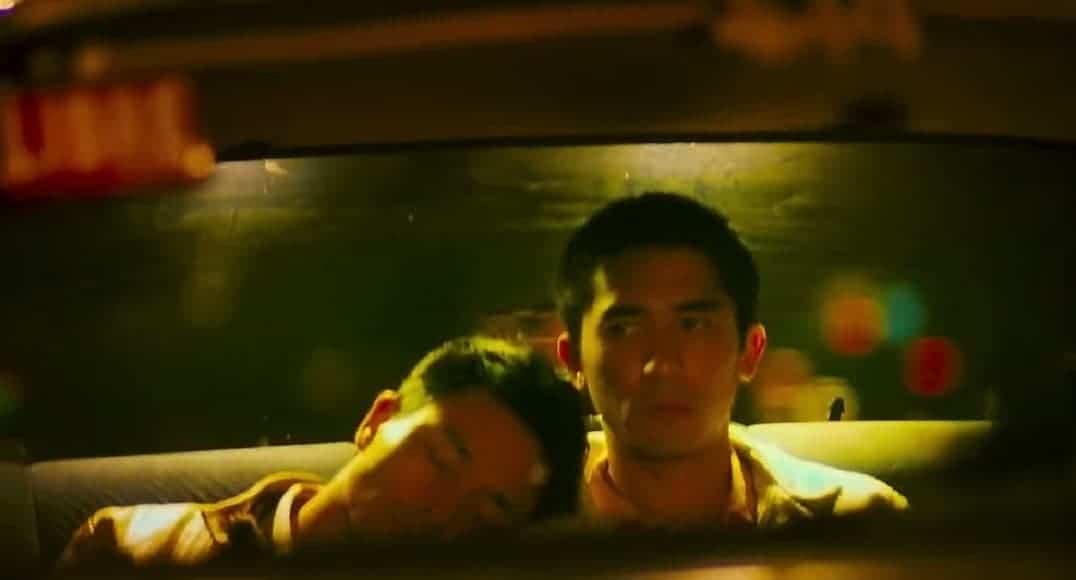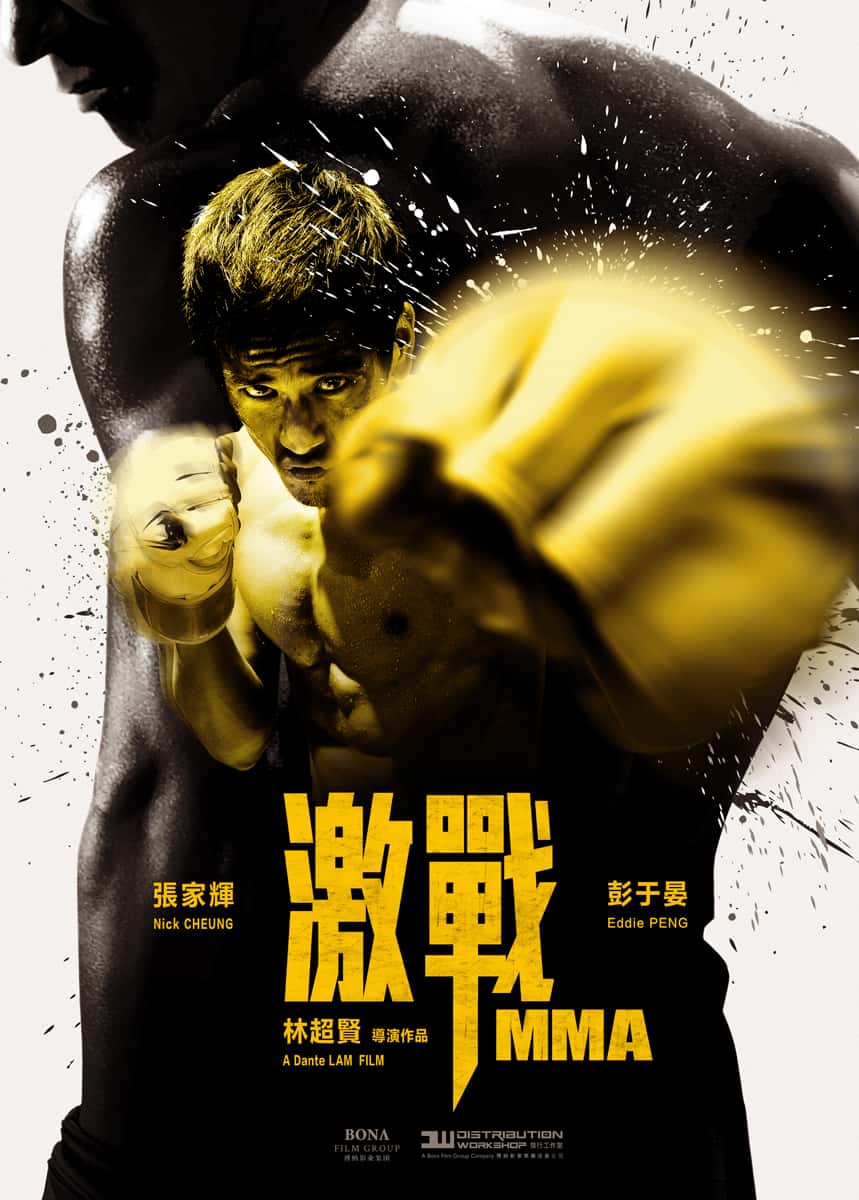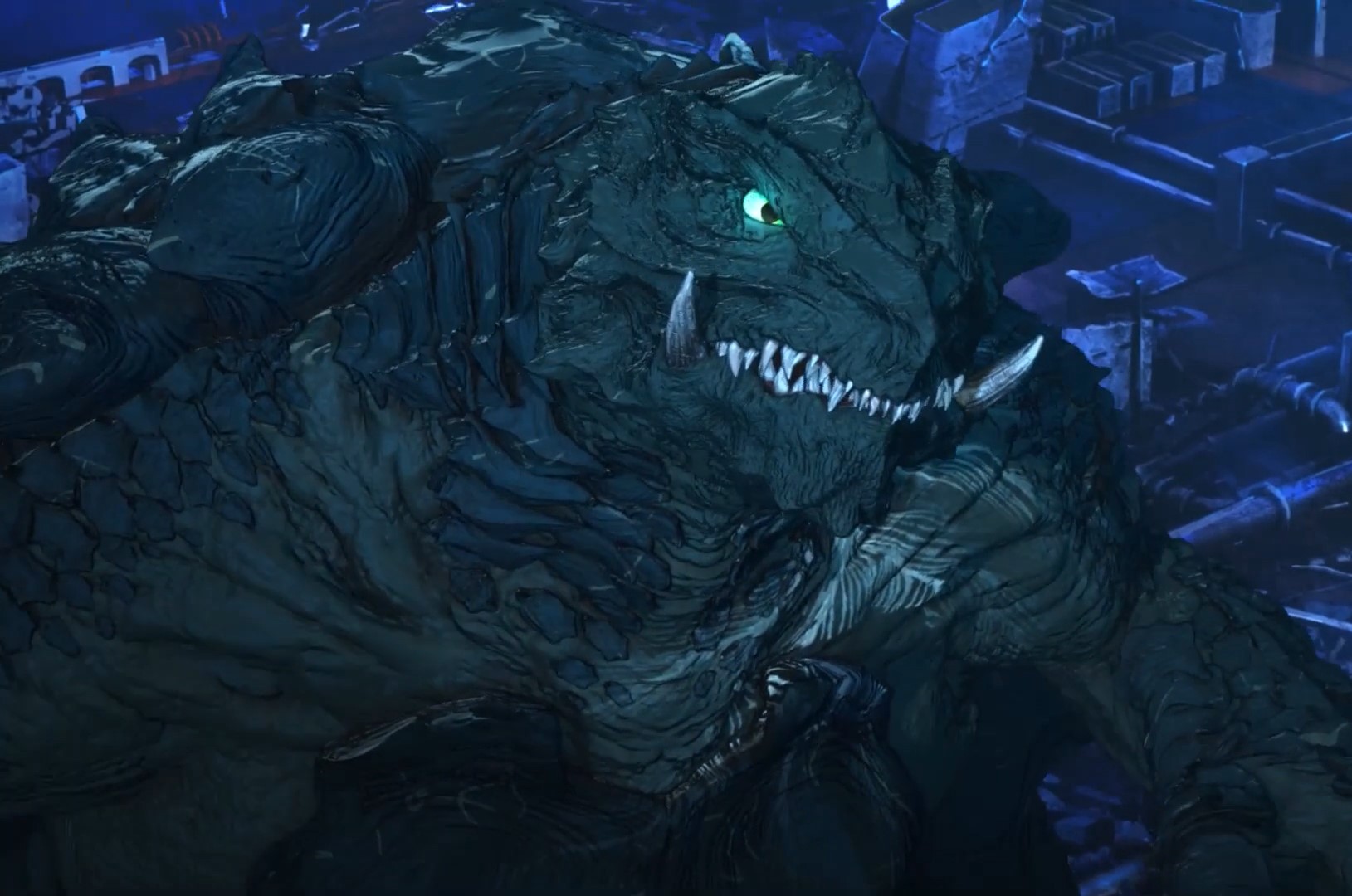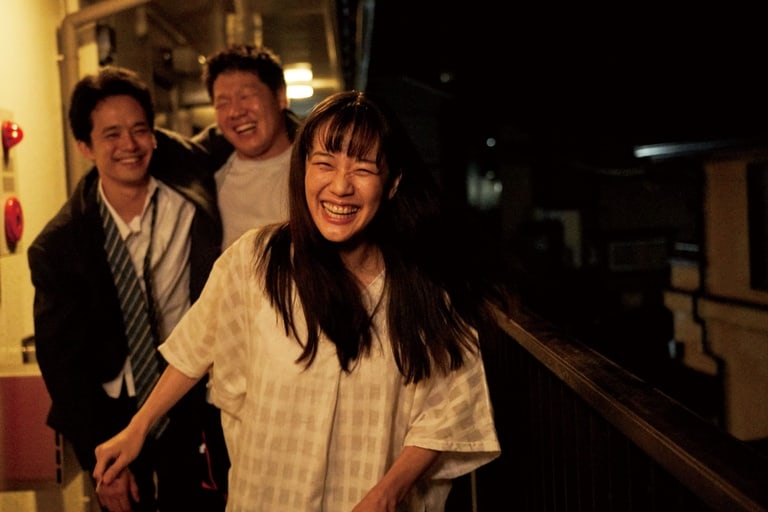“The Legend of Gobi” (2017) is a Mongolian film produced by Balkhjav Lkhagvadorj and written by Erdene Orsoo and Sumya Sonomdeleg. It is one of several Action Adventure films produced by Mongol Films in recent years set in historical Mongolia. Although this movie is a fantasy feature, it sits comfortably among Mongol Films' catalogue of historical titles such as “The Last Princess of Royal Blood” (2008), “Ten Soldiers of Genghis Khan” (2012), and “Mongol Warrior” (2018).
A descendant of the Khan fiddle-players once ruled as king, and as music begets empathy, this led to a long period of peace across the kingdom. But one day, Igler, one of the king's officials, usurped the hereditary monarch in a bloody coup and made a decree that anyone playing music in his kingdom should be killed. Many of those who carry on the ancient art of playing the traditional Mongolian horsehead fiddle (known as the ‘morin khuur') are killed and the rest forced to go into hiding.
Esergen, Igler's queen, is unable to bear the king an heir, so he seeks out the princess Egheerel, said to the be the most beautiful in the empire. Yumlaa, the king's right-hand man goes to abduct the princess, killing all of her family in the process. When Egheerel finds herself in Igler's court, she does not know at first what has happened to her family, and so begins a period of intrigue, resulting in her finding out and then eventually escaping from the palace with Esergen's help.
Yumlaa has been biding his time to overthrow King Igler and take the throne for himself, and now he finds out how to kill the king and leaves him for dead. But Buri, a man injured by Igler's soldiers when the king originally seized the throne, takes pity on Igler, and has him carried to his camp to recuperate. Buri believes Igler is the only one who can reunite the kingdom and reinstate music, the lifeblood of peace. The people who had once fled from Igler's tyrannical rule and kept music alive join in him in the final battle against the cruel Yumlaa.
Ts.Davaajargal directs an epic movie which has the importance and meaning of music and melody (referred to as ‘melodiousness' in the English subtitles) as its main theme. The film moves from a fairly slow-paced first hour which uses historical background and court intrigue to set the scene, onto a second half set against the breathtaking scenery of the Gobi Desert, Mongolian Steppe and mountains.
Those who hunger for power (Igler and then Yumlaa) end up being undone by their tyrannical deeds. The film not only explores the central theme of melody and its importance for peace and happiness, but also how the natural order cannot easily be overthrown without consequence. The power relations in the court are explored thoughtfully, especially the relationship between Queen Esergen and the king's would-be consort, the young princess Egheerel.
It is ultimately loyalty which wins the day, with the need for an heir to carry on the line of Khan fiddle players being the key to the kingdom's eventual salvation. The second-half of the film moves at a lively pace which develops the plot well and is interspersed with some excellent battle scenes.
When watching a film in another language it is sometimes difficult to appraise the performances of the actors, but all the main leads put in a strong performance, particularly the young princess who is the main protagonist of the early part of the film and the imperious Igler, who eventually sees the error of his ways.
What is really striking about “Legend of Gobi” is the breathtaking scenery which frames this fantasy epic well and showcases Mongolia's geography in all its glory. It brings to mind the Chinese historical epics of the last twenty years and just like them is visually stunning, with the CGI being barely perceptible except in a few places. This movie looks like it has had a significant budget which has been used effectively in its production.
The costumes are detailed and vivid and add greatly to the visual allure of the film, as well as ensuring the cultural uniqueness of Mongolia remains present throughout. The battle scenes are well choreographed and authentic looking, featuring warriors on horseback and camel in places, and really adding to the historical feel of the film.
Since music is a key theme, one would expect the score of “The Legend of Gobi” score to be a centerpiece of the film, B.Balkhjav's score is varied and enjoyable, with elements of morin khuur really helping to bring the movie's theme to life. Although the score is good, it could have perhaps featured a bit more prominently, especially given the subject matter.
Overall, this an impressive 110 minutes of cinema, but the English subtitles really let the film down, particularly given that the ‘poetry' and nuance which undoubtedly features in the original Mongolian dialogue is completely lost in the stilted and sometimes nonsensical English translation. This makes the plot difficult to follow at times, and the use of the word ‘melodiousness' in translation seems strange at first and by the end of the movie really starts to grate.
I was excited to have the opportunity to watch “The Legend of Gobi”, as Mongolia has always fascinated me and I was unfamiliar with its nascent modern movie industry. With its breathtaking landscape and slick production, “The Legend of Gobi” can easily stand alongside the blockbuster Chinese epics (English subtitles notwithstanding) and this portends well for Mongolian cinema. Let's hope that Mongol Films sorts out the subtitles before any general release in English-speaking countries so it can be enjoyed in all its glory. I will certainly be looking out for other titles from Mongol Films in future!


